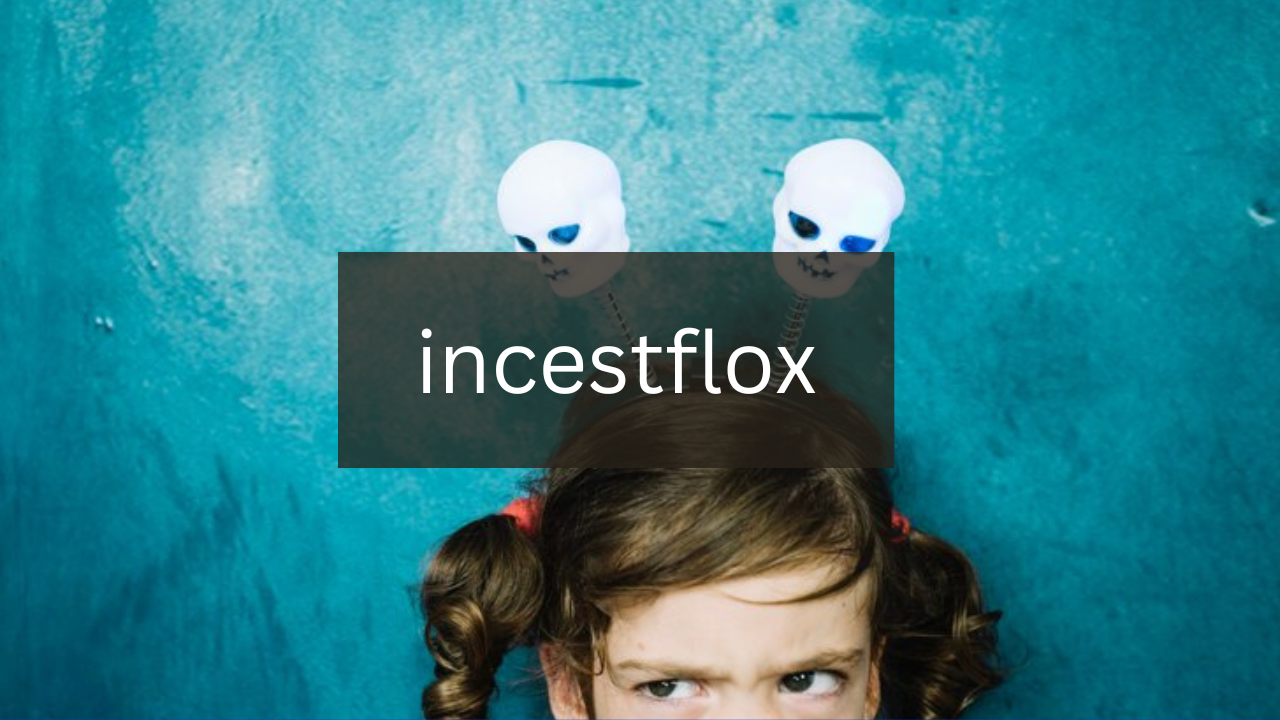Introduction
The word “incestflox” might sound unfamiliar to many, but it represents a troubling blend of concepts that touch on family dynamics, societal norms, and mental health. This term has sparked debates and discussions online, raising questions about its implications in our modern world. As we delve deeper into the subject, we’ll uncover the layers behind incestflox – from its controversial nature to its psychological impact and legal ramifications. Join us as we explore this complex topic with sensitivity and understanding while aiming to shed light on how best to protect ourselves and support those affected by such relationships.
The Controversy Surrounding Incestflox
Incestflox is a term that ignites heated debates across various platforms. Many argue about its implications and the ethical boundaries it crosses. The shock value alone can lead to intense discussions within communities.
Critics often point to the potential harm it may inflict on relationships and social norms. They fear it could normalize behaviors that are inherently damaging or taboo. This concern raises questions about consent, power dynamics, and societal acceptance.
On the other hand, some advocate for open conversations surrounding incestflox. They believe discussing such topics can dismantle stigmas and invite healing for those affected by similar experiences.
The divide between these perspectives creates an ongoing struggle in public discourse. As society navigates this controversy, understanding both sides becomes crucial for meaningful dialogue.
The Psychological Impact of Incestflox
The psychological impact of incestflox can be profound and lasting. Victims often experience a whirlwind of emotions, including confusion, anger, and deep shame. This emotional turmoil can severely disrupt their mental health.
Many individuals may develop anxiety or depression as they grapple with their experiences. Trust issues frequently arise, making it difficult to form healthy relationships in the future. The scars left by such trauma are not easily erased.
Coping mechanisms vary greatly; some seek therapy while others might resort to substance abuse as an escape. Each person’s journey is unique and complex.
Moreover, societal stigma adds another layer of difficulty for survivors. They may feel isolated or judged when discussing their experiences, further hindering recovery efforts.
Understanding these impacts is crucial for both victims and those who support them in navigating this challenging path toward healing.
The Legalities of Incestflox in Different Countries
The legal landscape surrounding incestflox varies significantly across the globe. In some countries, laws are strict and unequivocal, clearly defining incestuous relationships as criminal acts. These nations often impose severe penalties for those involved in such activities.
Conversely, other regions may lack comprehensive legislation addressing incestflox specifically. This leaves a gray area that can complicate prosecution and enforcement efforts. Cultural attitudes toward family relationships also play a role in shaping these laws.
In several jurisdictions, mental health considerations influence how cases are handled legally. Instead of harsh sentences, there might be an emphasis on rehabilitation or counseling services for offenders.
Additionally, international treaties and human rights agreements sometimes intersect with national laws regarding incestflox. This adds another layer of complexity to an already challenging issue that requires careful navigation by lawmakers and advocates alike.
How to Protect Yourself and Your Children from Incestflox
Protecting yourself and your children from incestflox requires awareness and proactive measures. Open communication is crucial. Encourage discussions about boundaries, consent, and healthy relationships.
Educate your children about inappropriate behavior. Teach them to recognize red flags in relationships, whether within the family or outside it. Empower them to speak up if they ever feel uncomfortable.
Establish a safe environment at home. Create a space where everyone feels secure expressing their feelings without fear of judgment or reprisal.
Monitor online activity closely as well. With the prevalence of digital interactions today, understanding who your children are connecting with can help prevent potential risks associated with incestflox.
Seek out community resources for support and education on this topic. Workshops and counseling can provide valuable guidance for maintaining safety within families while fostering healthy dynamics among loved ones.
Support and Resources for Survivors of Incestflox
Survivors of incestflox often face immense emotional and psychological challenges. Finding supportive communities can be a vital step in healing.
Numerous organizations offer resources tailored to those affected by incestuous relationships. Hotlines provide immediate assistance, connecting victims with trained professionals who understand their plight.
Support groups create safe spaces where survivors can share experiences and feelings without judgment. These gatherings foster a sense of belonging and strength among participants.
Therapists specializing in trauma recovery are also invaluable. They help individuals process complex emotions related to their past, guiding them toward healthier patterns.
Additionally, online forums allow for anonymity, giving survivors the freedom to express themselves while maintaining privacy. The internet is full of blogs and articles sharing stories that resonate deeply with many individuals facing similar situations.
Accessing these resources enables survivors to reclaim their lives and work towards brighter futures filled with hope and resilience.
Conclusion: Breaking the Cycle and Promoting Healthy Relationships
Breaking the cycle of incestflox requires awareness, education, and open conversations. It is essential to understand the deep-rooted issues that contribute to such behaviors. Promoting healthy relationships starts with fostering trust and respect within families.
Education plays a crucial role in prevention. Teaching children about boundaries and consent can empower them to speak up when something feels wrong. Additionally, encouraging parents to create an environment where discussions about feelings and experiences are welcomed is vital.
Support networks for survivors need strengthening. Community resources should be easily accessible, providing safe spaces for those affected by incestflox. Mental health services must also be integrated into these support systems to help individuals heal from trauma.
As society becomes more aware of the complexities surrounding incestflox, we move towards creating a culture that prioritizes healthy dynamics over harmful ones. By doing so, we not only protect current generations but also lay the groundwork for future ones free from abuse and manipulation. Everyone has a role in this journey toward change—let’s commit together to foster relationships built on love, respect, and understanding.




